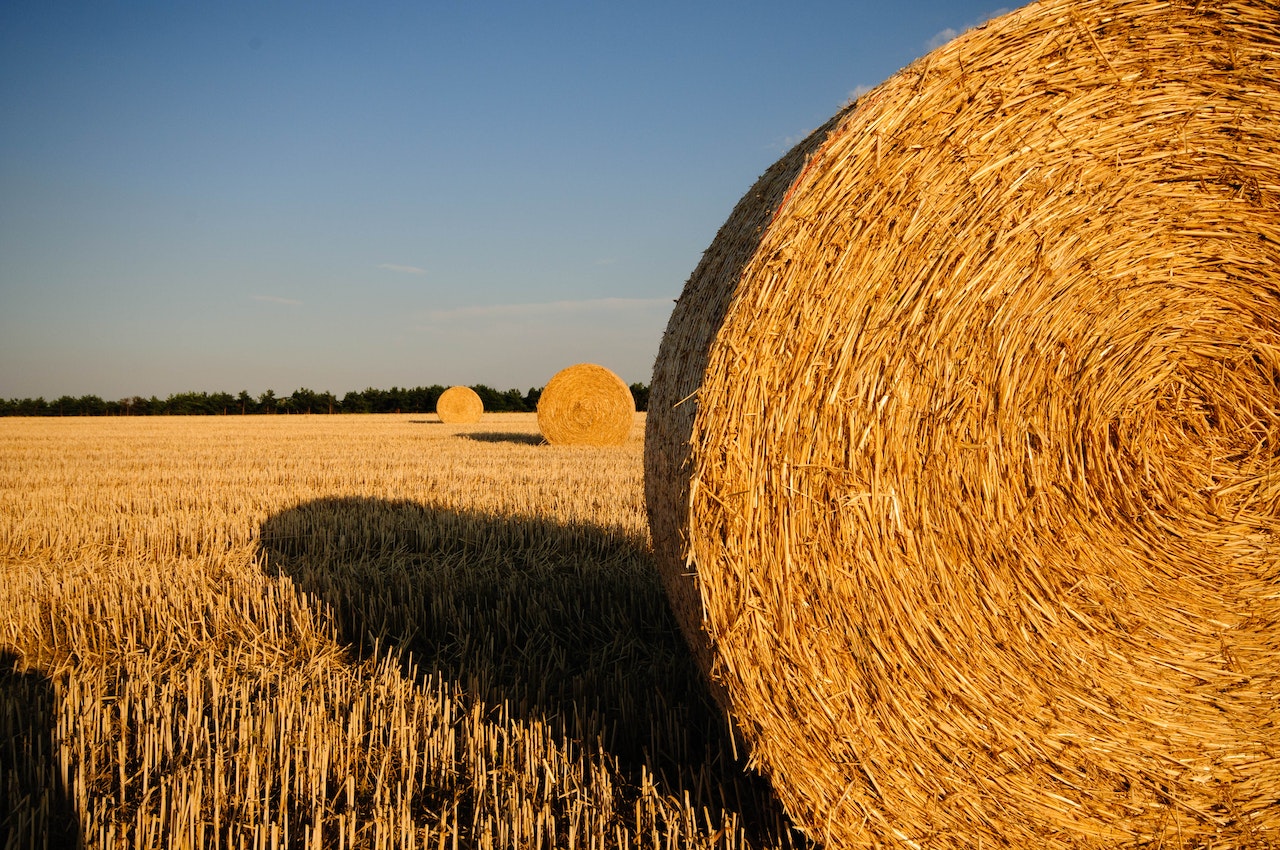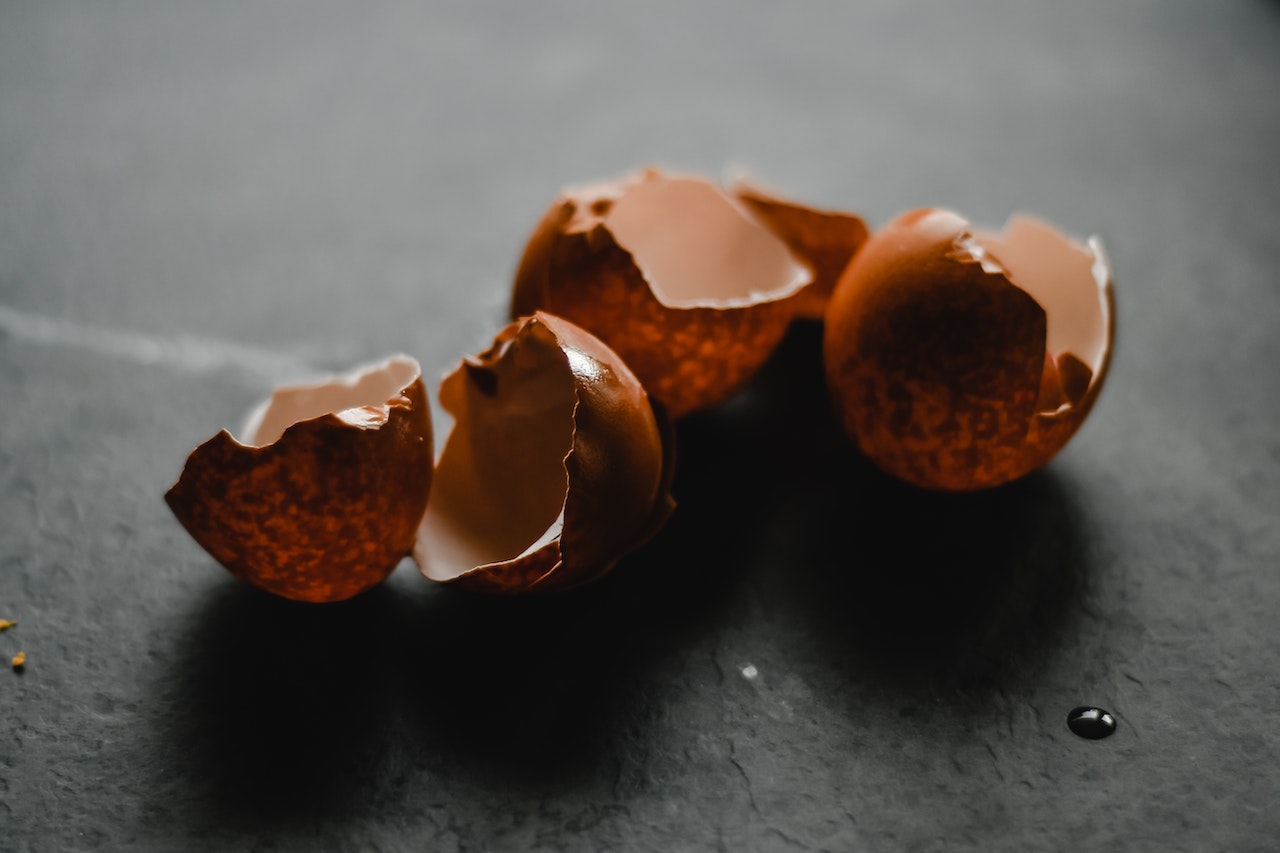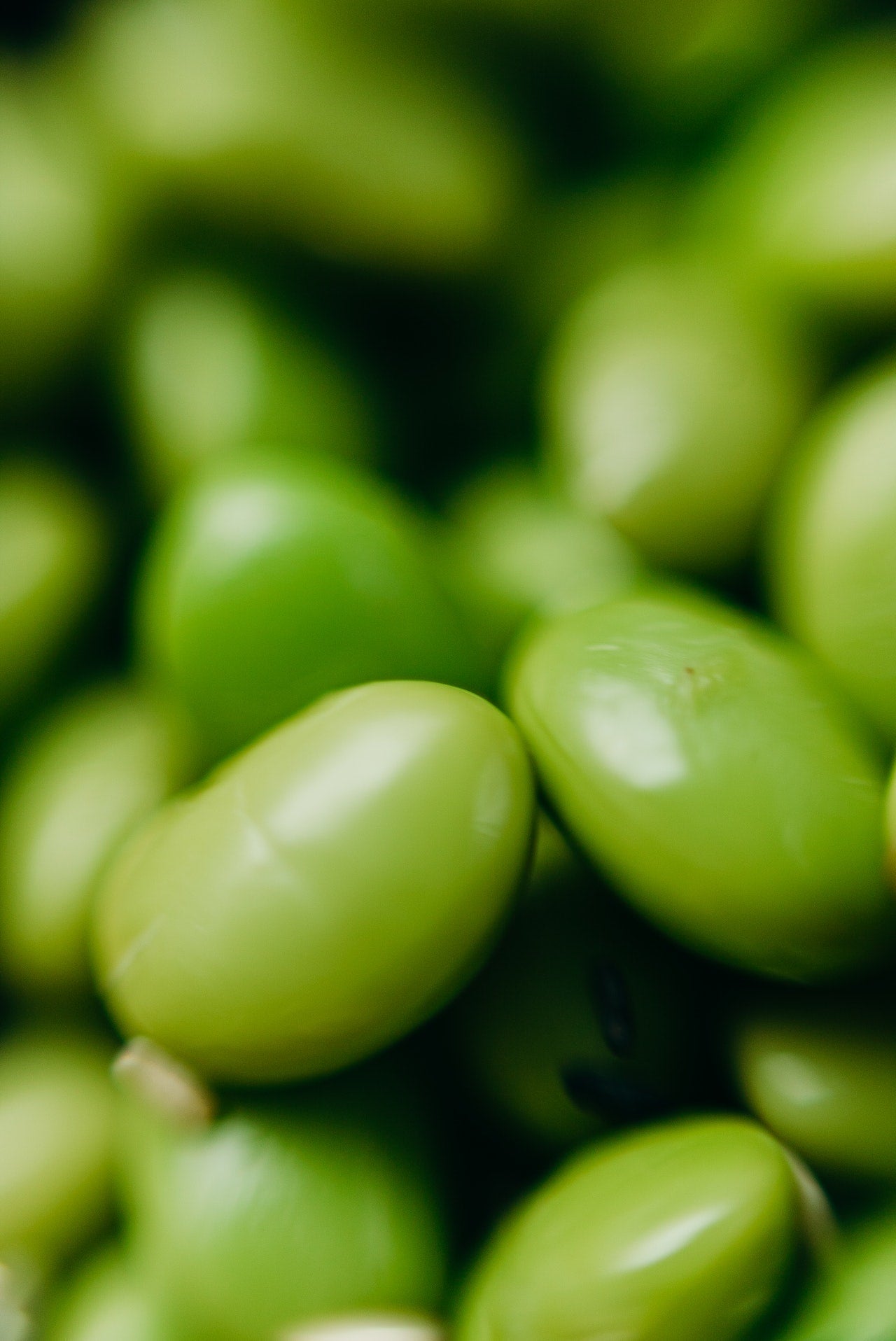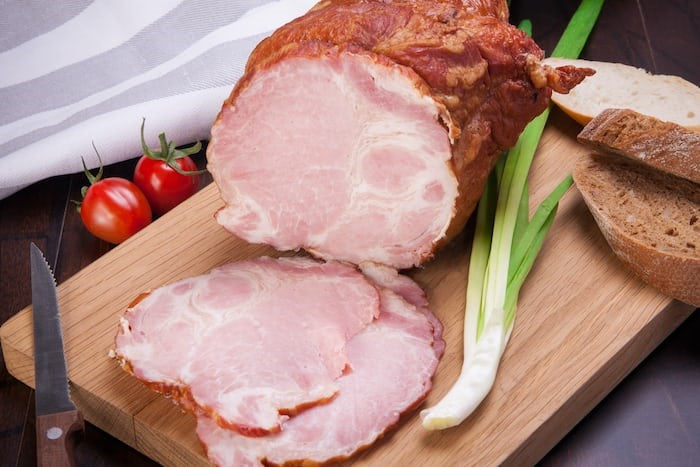
Pigs are exceptional animals, not only because of their survival instinct or their capacity to adapt to different weather conditions. But primarily because they can eat so many types of foods and survive.
Wild pigs would naturally hunt for food and eat almost anything they find, but since we are not in the wild when caring for pigs, you should always be aware of the types of food they eat.
Before moving on to answer the topic question, let us give a brief description of what ham is. Ham is simply pork meat, specifically from a leg cut that has been preserved.
Now can pigs eat Ham?
Yes, feeding your pigs one or two slices of ham is OK. Some people believe you should not feed a pig ham at all, but Pigs are omnivores, meaning they can eat from both plants and animal food origin.
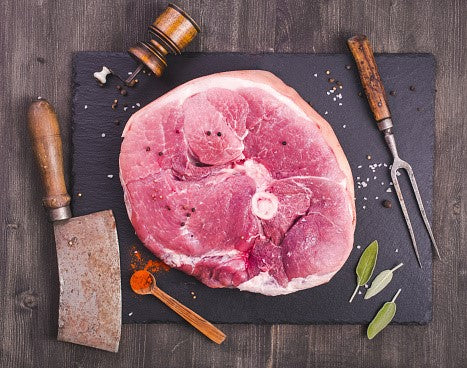
Cooked or Uncooked Ham
This is another commonly asked question among pig owners. It is one thing to feed your pigs with the right food option; it is another thing to prepare the food in the right and safest way for pigs.
Pigs would not actually mind eating uncooked (raw) ham, but this is not in any way advisable for them. Uncooked meat generally brings more harm than good. Feeding raw meat, including ham, can transfer diseases to pigs. A disease that can put them in terrible condition and even death.
Some benefits of Ham
Ham is a good source of nutrients for pigs and humans. A 100g serving of ham is said to provide:
132 kcal / 553kJ energy
21.2g of protein
5.0g of fat
0.8g of iron
2.1mg of zinc
12mg of selenium
2.63mg of salt
Ham is rich in protein, specifically lean protein. Lean source of protein supplies all nine essential amino acids for growth and repair. Apart from enhancing growth, proteins help keep your pigs full for longer, thereby reducing hunger levels. Proteins are also good for bones and other organs in the body.
Salt levels of ham vary depending on the method of preservation and curing. You should include only a little salt when cooking a ham for your pigs. Salt is good for the body when taken in moderation. Salt can help improve the metabolism function of the Thyroid. Salt is also said to keep the Body Hydrated and prevent low blood pressure.
Fat is another needed nutrient in the body. Fats are not bad as long as they are from a healthy source and eaten in moderation. A small amount of fat is essential to a healthy and balanced diet. Fat is also a source of essential fatty acids, which the body cannot make itself. Aside from this, Fat helps the body absorb vitamin A, vitamin D, and vitamin E because they are fat-soluble vitamins. Ham is also lower in saturated fat than beef or lamb, which is another benefit of ham.
Source of B vitamins
Another benefit of ham is its fantastic source of vitamin B. Compared with chicken and white fish, ham is a better source of the B group of vitamins, such as B1, B3, and B6. Vitamin B helps improve cell health, the digestive system, energy levels, and so on.
Good source of minerals
Ham contains minerals like selenium, zinc, phosphorus, potassium, and iron. All these minerals have different roles in the overall health of your pig, such as supporting thyroid function, immunity, bone health, and energy production.
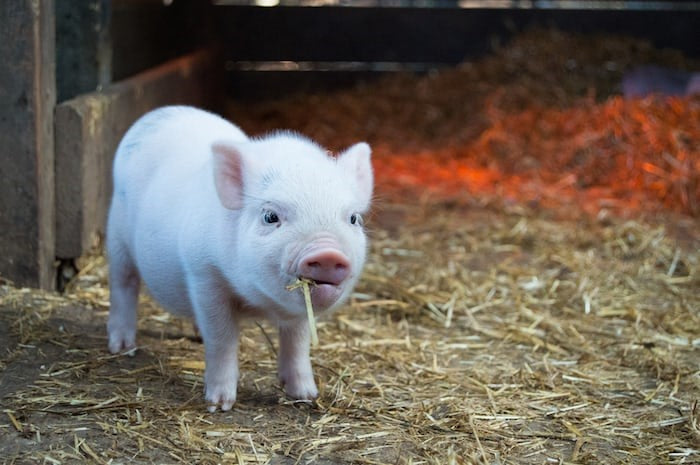
Can Mini Pigs also Eat Ham?
Yes, mini pigs can occasionally be fed with ham. Ensure you provide them with cooked ham. Ham should not be dependent on in a pig’s diet. A pig’s diet should ideally consist of more grains.
How Often Should Pigs Eat Ham?
As mentioned earlier, ham should be fed in moderation once a week. When Pigs consume too much meat, they might start to reject other foods. They would begin to crave more meat and might start eating other animals like chickens and even their piglets. This is why some pig owners go as far as banning their pigs from eating meat.
In addition, People who raise both pigs and chickens must be very careful that their pigs do not equate the taste of chicken with the live birds because if they do, they will actively hunt and eat all your live chickens.
Why You Should Not Feed Raw Meat to your Pigs
Aside from the risk of contraction of viral or bacterial infection. Your pigs might also start viewing every other animal, including you, as food. Once they have a taste for raw meat, as time goes on, they will start searching for any meat they can find. They will start hunting other smaller mammals to satisfy their cravings.
List of Some Other animal Meat products that pigs can eat:
- Fish
- Earthworms
- Bird intestines
List Of some kinds of meat that you should not give Pigs
-
Blood
-
Raw meat
-
Rotten or decaying meat
decaying meat
Rendering Meat for Pigs
Rendering is the process of converting animal by-products into safe and digestible feed for animals including poultry, fish, pigs, and so on.
To render meat for pigs, follow the procedure below. There are different ways though, but this is said to be the easiest. :
- Collect the meat that you want to render
- Wash the meat with water to remove the blood and other impurities
- Place the meat
- Place the meat in a pot of water
- Place the pot of water on a fire or a source of heat
- After 30 minutes of boiling, you can remove the meat and serve them to your pigs
You do not need to add extra spice or seasoning since it is for your pig. This way, the meat is safer for your pigs and piglets.
In Summary: Can pigs eat Ham?
Yes, from their biological build-up, pigs can eat ham. Pigs are categorized as omnivores, which translates to them being a combination of both herbivores and carnivores. You should only feed meat in its cooked form to avoid them from going too wild.
In addition, not all countries allow pig owners to feed their pigs with meat or any meat derivatives. So before you start feeding your pigs with meat, including ham, you should make sure to research the guidelines and laws in your area. In places like the United Kingdom and Australia, this practice is banned probably because of the fear of pigs becoming too cannibalistic and wild. Whatever the case might be, do your research and render your meat.

